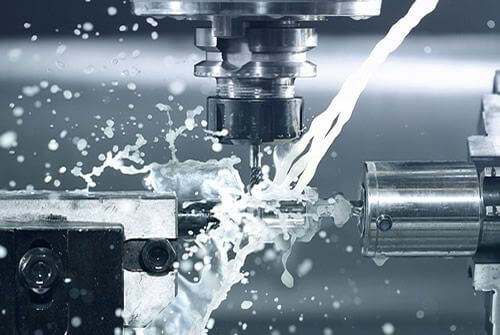
Machining Process Oil Mist/Smoke Collection
Almost every machine process generates oil mist, oil smoke, or a combination of both. When the friction and speed of a machining tool and the coolant used for protection merge, oil mist and smoke are produced causing a possible negative effect on employee health and production equipment if proper filtration is not in place.
Although oil mist and smoke can be present at the same time, there is a fundamental difference between the two that presents a compelling challenge for effective air filtration.
Oil mist is made up of liquid droplets that are usually up to 20 microns in size. With higher machine speeds and pressure, mist drops get so small that a liquid smoke, also known as oil smoke, containing droplets that are less than 1 micron are developed. Capturing these submicron drops require specially treated and highly efficient filters.
The amount of pollution in an environments air stream depends on the machining operation and can fluctuate between mild amounts of oil mist to high amounts of oil smoke.
Machining Operation Filtration
When it comes to filtration, there are two main factors: the volume of oil mist and smoke and the size, regardless of if it is an emulsion (oil mist), neat oil (oil smoke), or MQL (minimum quantity lubrication) application.
The volume and size of mist and smoke particles vary depending on spindle speed and coolant pressure. The faster the spindle speed and the higher the coolant pressure, the smaller the particles will be and the greater the concentration. It's not the size of the metalworking machine, it's the demands of the application.
Types of Machining Operations
|
|